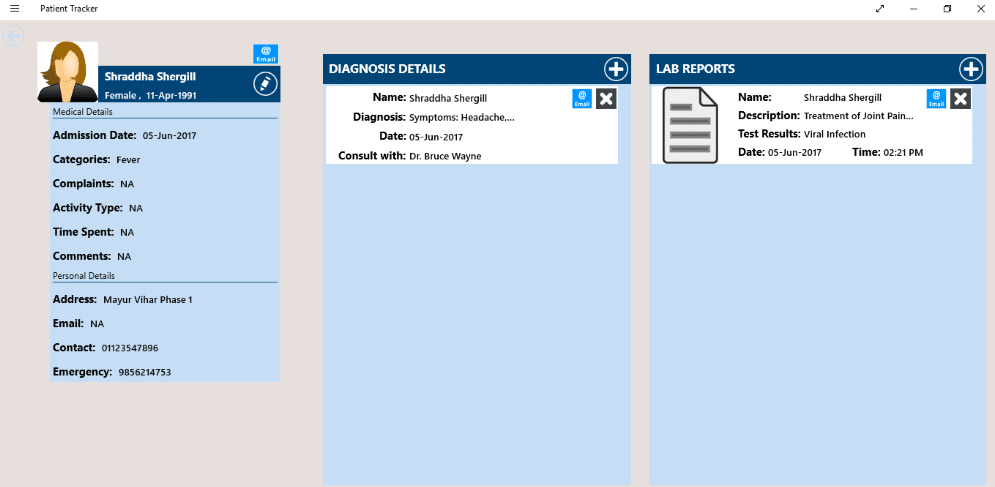How Long Does it Take to Get Used to Contacts?

If you’re planning on wearing contacts, you may be wondering how long it takes to get used to them. There are several factors that will affect how long it takes to get used to contacts. One of the most important factors is your age. Older people may take longer to adjust than younger ones.
Getting used to contact lenses
Wearing contact lenses can be challenging at first, and it will take some time to get used to them. The best way to overcome the discomfort is to be patient. There are only a few people who cannot wear contacts, and most people can get used to them. If you have trouble with the lenses, contact your doctor or the contacts company for advice. They may be able to recommend another brand or style of contact lenses.
Anúncios
One of the best ways to get used to contacts is to wear them for a few days at a time. Many lenses are designed to be worn for one day and then removed at night. You can also find monthly and quarterly disposable lenses, depending on your prescription. However, it’s important to be aware of their expiration dates. It’s also important to avoid wearing contact lenses for more than a few weeks. Wearing them too long may cause your lenses to become blurry and can damage your eyes. Additionally, it can cause a buildup of proteins on your lenses, which could cause an infection.
Getting used to contact lenses can be hard at first, but it’s important to remember that it’s normal to experience irritation and dizziness when you’re first wearing them. A good way to overcome this is to make a schedule for taking your lenses out. Set an alarm or reminder so that you can remember to take your contacts out. Not only will this help your eyes adapt to the new lenses, but it will also give your eyes a rest.
Anúncios
When you get your new contact lens prescription, make sure to ask lots of questions. You should also stay in contact with your eye doctor during the first few days. If you notice any irritation or redness, bring it up right away. Your eye doctor will be able to help you get adjusted to your new lenses.
Getting used to wearing them
The first few days wearing contacts can be a little uncomfortable, as your eyes adjust to the new fit. You may also experience dryness and watery eyes. This is normal and should pass after a couple of days. During this time, try wearing your contacts in the morning only, switching to glasses for the rest of the day. Then gradually transition to wearing your contacts the entire day.
New contact wearers should follow the instructions given by their eye care practitioner. It usually takes around ten to twelve days to adjust to your new contacts. There are a few minor issues that you may experience during this time, but they are not serious. It is important to clean your lenses regularly and follow the wear instructions.
If you are a homeschooling parent, you might not have to worry about wearing contacts while at school. You can buy daily-disposable contacts instead. These are very convenient and safe. They also don’t require a lot of maintenance, making them an excellent choice for kids who are just starting out.
Unusual side effects of contacts
Contact lenses can have some unusual side effects. They can cause minor irritation and aggravate seasonal allergy symptoms. This is because the lenses are a foreign body, and the body marshals its normal defenses to protect itself. These reactions can be uncomfortable and may lead to redness, swelling, and mucus production.
Contact lens users must also be careful when cleaning the lenses. Frequently washing and drying them will help prevent the risk of eye infections. Another serious problem is corneal ulceration. These ulcers appear as white spots on the cornea and may cause vision problems. Although this type of infection is usually treatable with proper care, it can be quite painful.
Another side effect of contact lenses is keratitis. This bacterial infection spreads to other eyes, and can be difficult to treat. It may result in corneal scarring or even blindness. To prevent this, make sure to wash your lenses after every use and remove them before sleeping.
If you experience unusual discomfort when wearing contacts, see an eye doctor. This may be a sign of contact intolerance and requires immediate treatment. Always check the expiration date of your contact lenses to make sure that they’re safe to use. If the pain persists or worsens, you should remove them and wear glasses for a few days.
Other side effects of contacts include corneal abrasion. While minor irritation is easily treated, severe irritation may require an ophthalmologist’s attention. In severe cases, contact lenses can result in a corneal ulcer or corneal infection.
Getting used to putting them in
If you’re using Outlook, you’ve probably encountered the problem of forgetting to put contacts in the correct folder after exporting them. This problem is most common when you have more than one account connected to Outlook. To fix this problem, you need to change your default email list.
One of the most important aspects of Outlook is its contacts list. If you don’t put your contacts into the right categories, you run the risk of losing all the information they contain. If you’ve received an e-mail message from a new contact, you can use the ‘Add’ feature to add it to the appropriate category. Otherwise, the contact will show up as “none.”
You can import your contacts into Outlook from other applications by using the Import & Export wizard. When you import contacts, make sure to use UTF-8 encoding. You don’t want to overwrite any existing contacts, which can lead to data errors and unnecessary security risks.
Cleaning them
There are a number of important steps to take when cleaning contact lenses, and it may take time to get used to them. For starters, you should avoid rubbing your eyes with a soft tissue or swab while cleaning them. This could damage the lens or cornea. Moreover, you should use a special solution to clean your contacts. Tap water is not suitable for contact lens cleaning, as it contains bacteria and impurities.
To keep your contacts clean, use only a solution that is compatible with the type of your lenses. After cleaning your lenses, you should follow four steps that include handwashing and drying your contacts thoroughly. First, wash your hands with an antibacterial soap. Next, dry your hands with a lint-free towel. This step will prevent bacteria and dust from coming into contact with your lenses.
Using the correct solution is essential to prevent eye infections and other vision problems. You should always use a clean solution. The solution must be free of any lotion or perfume. These can cause an oily film on the lenses. It’s also important to use a clean, fresh lens case. You should also avoid using tap water when cleaning your contacts, as it contains impurities and can be harmful.
If you have never worn contact lenses before, it may take some time to adjust to the daily cleaning routine. You can also consult your eye doctor for tips. Your eye doctor can suggest different products that you can use for your contacts.





